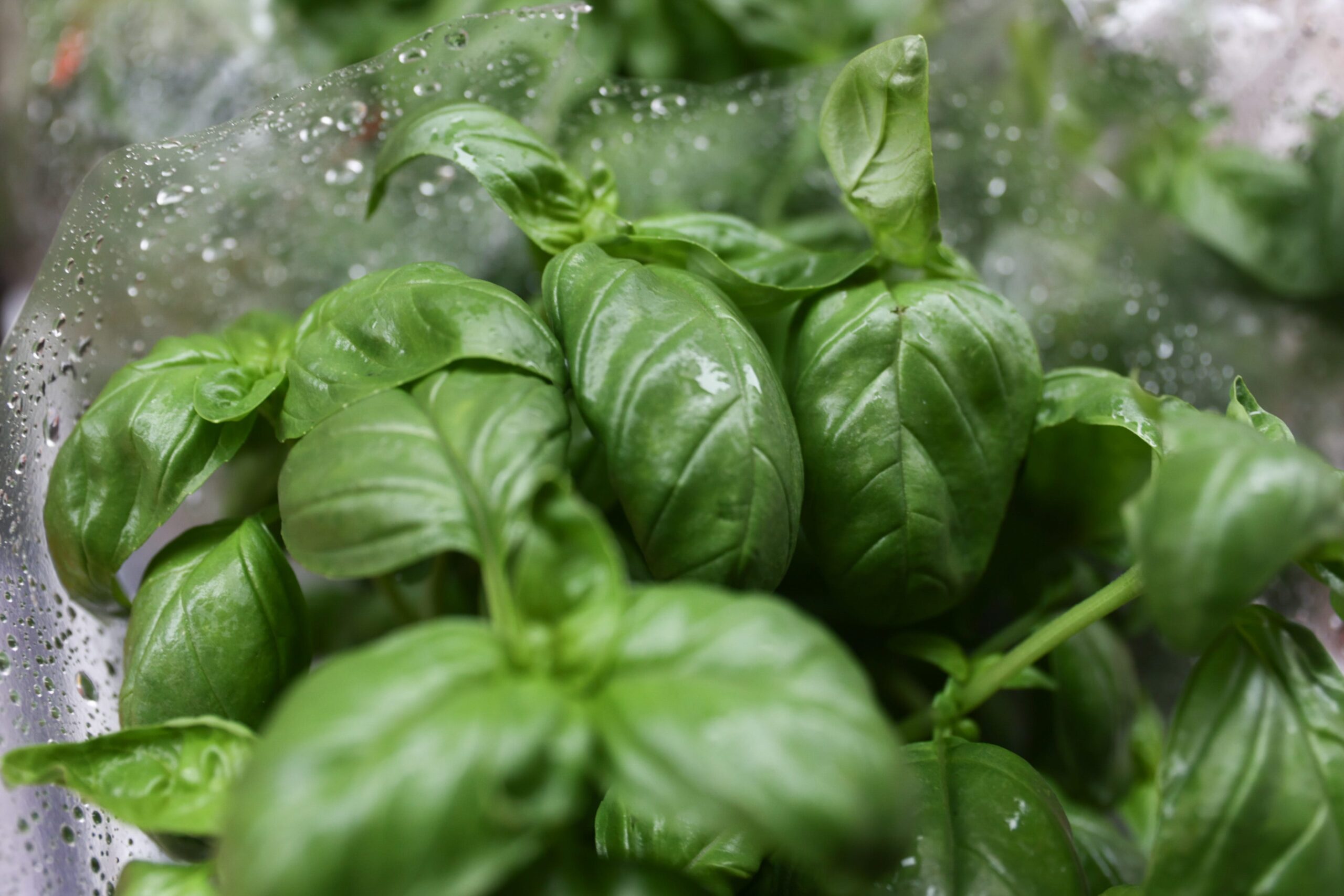Ever dreamed of plucking sun-ripened lemons from your very own tree? There’s nothing chicer than: “Oh, this vinaigrette? I made it with lemons from my garden. Want to take some home?”
Growing citrus from seed might seem like a project reserved for horticultural wizards, but with some patience and the right know-how, you’ll be on your way to homegrown lemony bliss. Here’s how to grow a lemon tree from seeds, according to two plant experts: Tammy Sons, CEO and founder of TN Nursery, and landscape architect and horticulturalist, Michael Clarke.
Types of Lemon Seeds
Not all lemon seeds are created equal. Before you dive into seed-saving mode, consider which variety will best suit your space and climate.
Meyer Lemon: Meyers are actually a hybrid of lemons and mandarin oranges. They offer sweeter, less acidic fruit and the trees are more compact, making them ideal for containers and indoor growing.
Eureka and Lisbon Lemons: These are your classic, tart supermarket lemons. The trees are prolific fruiters but require more space than Meyer varieties.
Organic vs Conventional: Always opt for organic lemons when harvesting seeds—conventional lemons may have been treated with chemicals that inhibit germination.
How to Plant Lemon Seeds
“Lemon seeds should always be started indoors during the early spring time,” Sons tells us. “The seeds need to be rinsed, pulp needs to be peeled from them, and then they should be planted.”
1. Harvest fresh seeds from a ripe, juicy lemon. Discard any that look shriveled or damaged.
2. Clean thoroughly by rinsing off pulp and sugar residues, which can cause fungal growth.
3. Pre-soak your seeds. Clarke suggests “soaking them in warm water for 6-12 hours to speed up germination.”
4. Plant properly. Sons advises planting seeds about half an inch deep in a sterile, moist potting mix.
5. Create the right environment. “These seeds do best in temperatures ranging from 70-75 degrees Fahrenheit and they should remain covered to induce humidity,” Sons says.
6. Be patient. According to Sons, your lemon seeds will begin germinating in around two to four weeks.
How to Care for a Lemon Tree
Congratulations! Your seed has sprouted. Now comes the real commitment—raising your lemon tree to fruiting maturity.
Light and Location
“Lemon trees need full sun for at least six hours a day,” Son tells us.
Watering
Clarke recommends keeping the soil slightly moist but not soggy, always allowing the top inch of soil to dry out before watering again.
Fertilizer
Lemon trees need to be regularly fed to promote healthy fruit production. “Feed [your lemon tree] monthly with a fertilizer fit for citrus trees and fruits during spring and summer,” Sons recommends.
Soil
Clarke specifies that the soil profile should be “well-draining and slightly acidic with a pH between 5.5-6.5.”
Pruning
“Pruning is important,” Sons tells us, “and you should cut back any dead or crossing branches, alongside moving suckers, to improve the growth and yields for your lemon trees.”
How to Harvest Your Lemons
After years of care, your patience will finally bear fruit.
When to Harvest
According to Clarke, lemons are ready to be harvested about six to nine months after flowering. They should feel heavy and have bright, glossy yellow skin that is slightly soft to the touch.
How to Harvest
“To prevent any rind tears, you can twist the fruit to remove it from the branch or clip it with a sterile pair of scissors,” Sons suggests.
Pro tip: The longer a lemon stays on the tree, the sweeter it gets!
Troubleshooting Tips
Even the most attentive gardeners encounter challenges. Here’s how to address common issues:
Yellow Leaves
“Yellow leaves are usually a result of overwatering and not fertilizing enough. Make sure drainage is good, cut back watering, and apply fertilizer until symptoms improve,” Clarke says.
Leaf Curl or Browning
“If the blossoms are dropping,” Sons notes, “your tree needs to be kept at cooler temperatures—around 55 degrees Fahrenheit—for a while, and the soil needs to be kept evenly moist.”
Lack of Fruit or Slow Growth
Clarke notes that “a lack of fruit indicates that pollination is not occurring. You can hand pollinate or plant more flowering plants that will attract pollinators.”
Slow growth? It’s often a result of a poor soil profile. “You can add compost into the soil and apply fertilizer to correct this,” he tells us.
Other Common Issues
“Leaf drop is another common problem that is often a result of under-watering,” Clarke tells us. “Make sure to increase the water schedule if you notice sudden leaf drop.” He also notes that “moldy fruit or leaves indicates poor airflow which can be corrected by pruning to increase space between branches.”
Expert Tips for Lemon Tree Success
Multi-seed strategy: Plant several seeds simultaneously to increase your chances of success.
Humidity matters: Young seedlings love humidity. Create a mini-greenhouse with plastic wrap or a clear dome.
Patience pays: Remember that seed-grown trees take years to fruit. Enjoy the journey—your tree is still purifying your air and adding some greenery to your space.

Julia Cancilla is the engagement editor (and resident witch) at ELLE Decor, where she manages the brand’s social media presence and covers trends, lifestyle, and culture in the design world. Julia built her background at Inked magazine, where she grew their social media audiences by two million, conducted interviews with A-list celebrities, and penned feature articles focusing on pop culture, art and lifestyle. Over her five years of digital media experience, Julia has written about numerous topics, from fashion to astrology.




